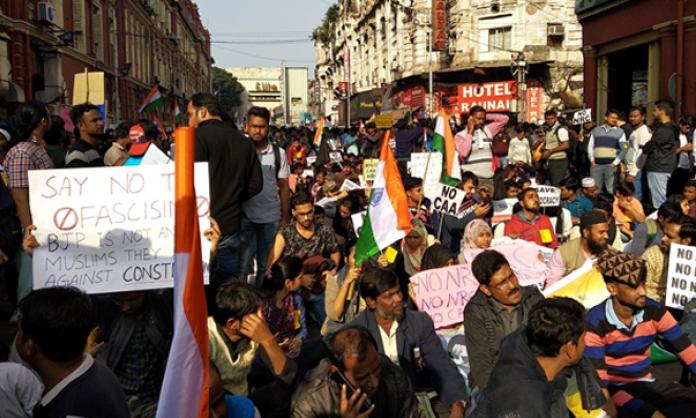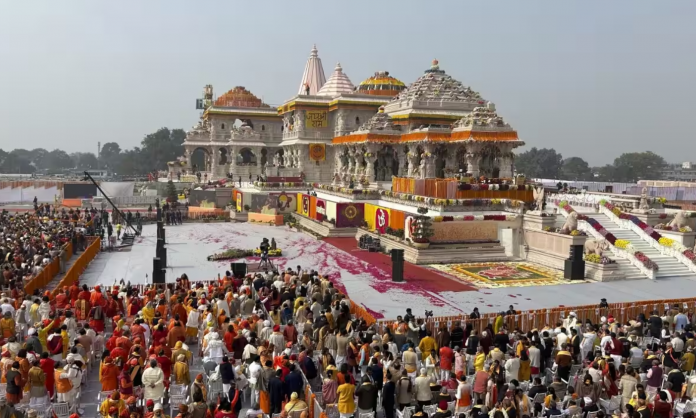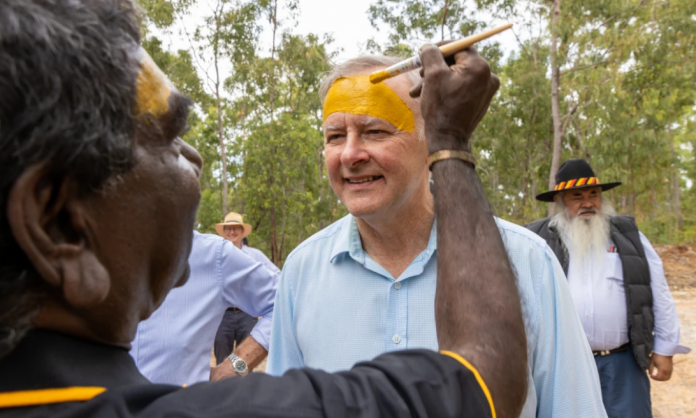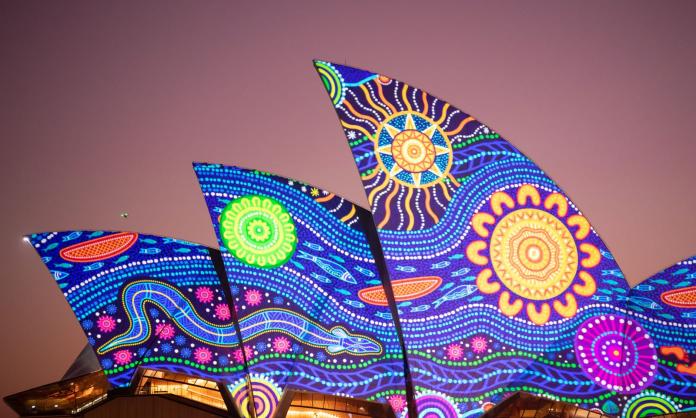Countrywide rallies opposing the Citizenship Amendment Act and the National Register of Citizens drew tens of thousands around India on Thursday 19 December, capping a week of the most militant and widespread national protests seen in many years. Enacted a week ago, the CAA is the latest anti-Muslim measure passed by the far right government of Narendra Modi and the Bharatiya Janata Party (BJP). Protests in dozens of cities have been variously repressed over the week. The 19 December protests were a response to this week of police violence, and as a show of force that the left will not take lying down the Modi government’s escalation of repression and its persecution of Muslims.
At least 17 protesters have been killed by police, all in states headed by a BJP chief minister. Over the week, police attacked protesters with batons, water cannons, tear gas and, occasionally, live ammunition and stun grenades. Hundreds have been detained or arrested. Police raided libraries and residential halls of universities to beat up and sexually assault students, who have been central to protests in some cities. In parts of the country, the government has cut off internet access to reduce press coverage of the level of repression, generalising the precedent it set with Kashmir’s continuing internet blockade. In some cities, the state cut mobile phone services for periods to hinder protest organisation. Videos circulate on social media showing uniformed police officers apparently dousing buses in petrol in agent provocateur actions. In West Bengal, BJP-affiliated activists have been caught stoking communalist hatred and a right wing narrative of “crazed Muslim rioters” by dressing up in typically Muslim attire to throw stones at trains.
The BJP government won the May 2019 elections and is now in its second consecutive term in national office. In the months since, it has set the tone for its term, escalating the nationalist and repressive force against Muslim-majority Kashmir, dismissing its elected leaders and entrenching rule from the centre. It sent thousands of extra troops into the heaviest military occupation in the world, repressed protests and imposed an internet blackout to block news reporting and political organising. It fanned anti-migrant and anti-Muslim flames in connection with the National Register of Citizens in Assam, one of the north-eastern border states that has been a continual target of Indian nationalism. Many Muslims already lived in a state of political terror under the preceding BJP term in office, as lynchings and beatings of Muslims by far right Hindutva (Hindu nationalist) activists became increasingly prevalent in parts of the country. That terror has been ratcheted up.
The party of the centre, the Congress, was once the leading party of the Indian ruling class. The party of Nehru, Gandhi and the independence movement ruled for 55 of the last 72 years. Today, it is in no position to reassert the political centre against the Hindutva far right. The Congress is outgunned by the BJP in all the areas it once dominated. The Congress stitched together an Indian nationalism out of linguistically and ethnically very different states in the federation. Aiming to become a powerful nation in the world, it imposed a centralised developmental project by subordinating the many regional ruling classes and parties through patronage networks and electoral alliances. The nationalist ideology it cemented was always much more Hindu in its colouring than secular or multi-religious. It created and fostered the nationalist repression of Kashmir and the north-eastern states. It repeatedly fomented communalist tensions and violence for political gain. Introducing economic liberalisation and neoliberalism in the early 1990s, Congress often resorted to repression and jingoism to deal with people resisting the resulting land grabs and destruction of livelihoods.
In the 2014 and 2019 elections, the BJP displaced the Congress as the dominant party brokering patronage relations and electoral alliances in most of the country. It is now the favoured party of the Indian ruling class. In the most transparent sense, this is illustrated in its campaign coffers, which receive more than 70 percent of the combined income of the top political parties. But it has also integrated under its hegemony various parts of the establishment: whether in business, in the state bureaucracy, the courts, the police, the military or the media. Last month, the Supreme Court sided with the BJP in a politically and symbolically very loaded case about the destruction of Babri Mosque by Hindutva cadres in 1992.
Beyond the support of a large part of the industrial and landowning ruling classes of the country, the BJP has an activist and electoral base in upwardly mobile parts of the middle classes, such as small business owners and farmers in sectors that benefited from the BJP’s anti-labour policies, and those who have made a living off the patronage gravy train that the party brokers with the big money in each region. It also has a large voting base among poor petty producers, traders and farmers who by and large continue to flounder in poverty. Even though their economic situation worsened under the 2014-19 government, the BJP retained the allegiance of many through its well-funded media campaign about “making India great” through economic development. It also employed the cynical strategy of turning one oppressed caste against another (even though the BJP has always been an upper caste party), blaming Muslims and immigrants for economic problems and created patronage relations with the better off leaders of oppressed castes who corral the rest to vote for the BJP.
The BJP is not simply a more pernicious and extreme version of the Hindu nationalism and communalism of the Congress. It is qualitatively different in that it is part of a large “family” (Sangh Parivar) of non-parliamentary political and cultural organisations with many millions of members, including martial or vigilante groups such as the Bajrang Dal. These groups contain ideologically hardened cadre. The centre of the family is the Rashtriya Swayamsevak Sangh (RSS), formed as a “blood and soil” Hindu supremacist organisation in the 1920s and inspired by Mussolini’s and Hitler’s parties in Europe.
So far, the wave of anti-government protest has been repressed largely by the police, though on some campuses they have been aided by activists from the student wing of the Sangh Parivar. In some places, police reportedly have been yelling “Jai Shri Ram!” (“Hail lord Rama” – a religious chant co-opted as a political slogan of Hindutva) as they beat students. There is concern that the vigilante cadres of the RSS may be deployed for pogroms as they occasionally have been in the BJP’s rise to power. A BJP minister in Karnataka warned protesters not to test the patience of the Hindutva right, lest there be another Godhra – referring to a pogrom in Gujrat in which Hindutva mobs killed about 2,000 Muslims under the rule of then chief minister Modi. The widely acknowledged influence of the Sangh Parivar within the police means that such mobs are unlikely to be stopped by the authorities.
The political situation is tense in India, and unlikely to ease during Modi’s term. The far right is on the offensive – but the current wave of protests promises that it will not all be smooth sailing for them.










